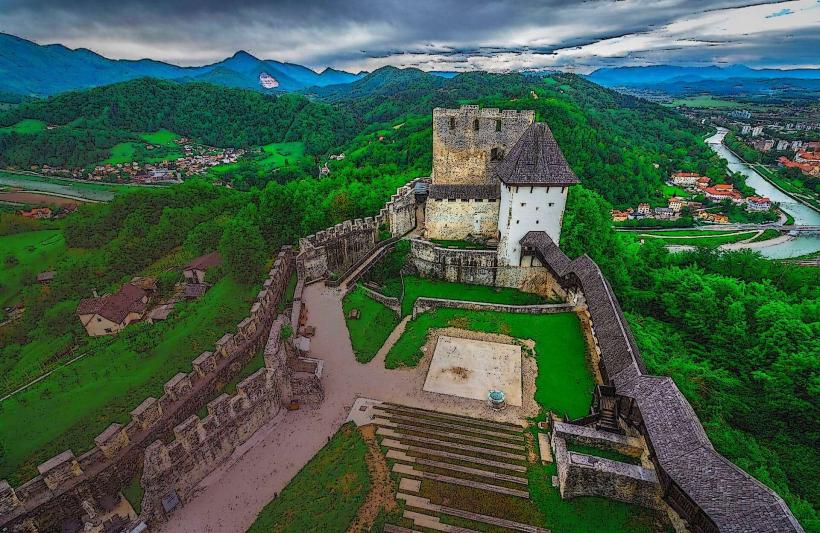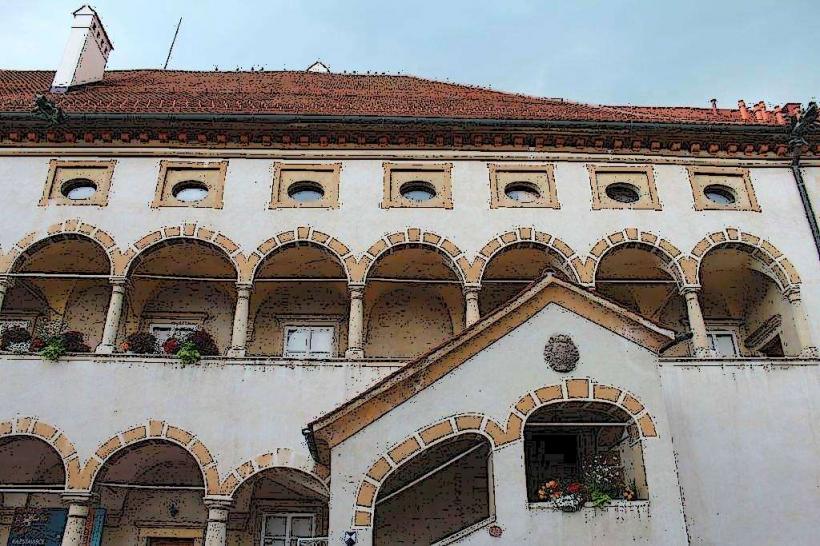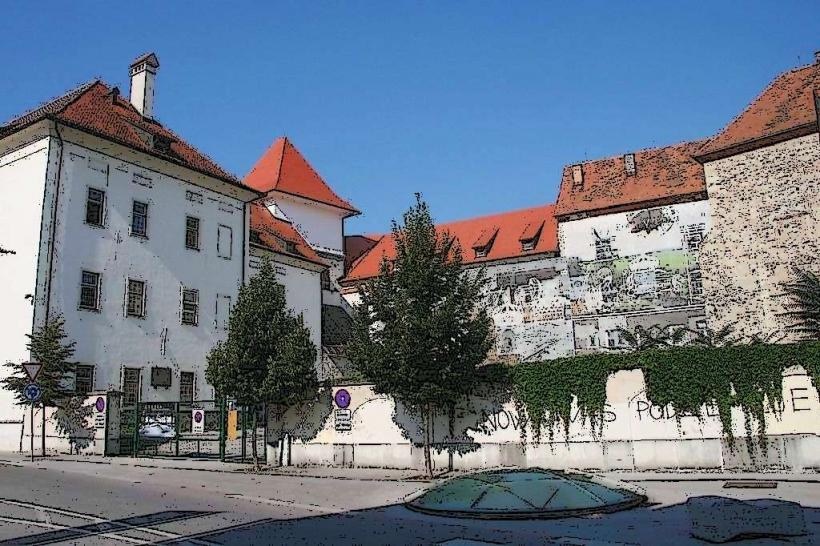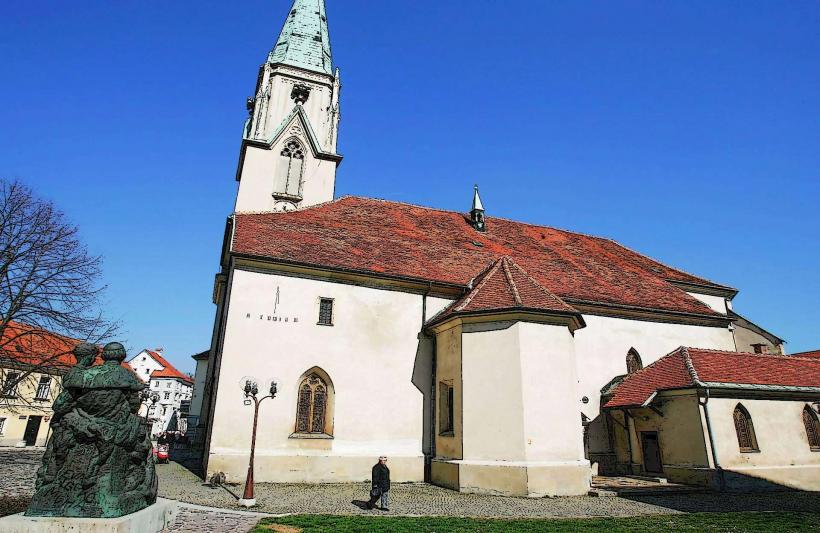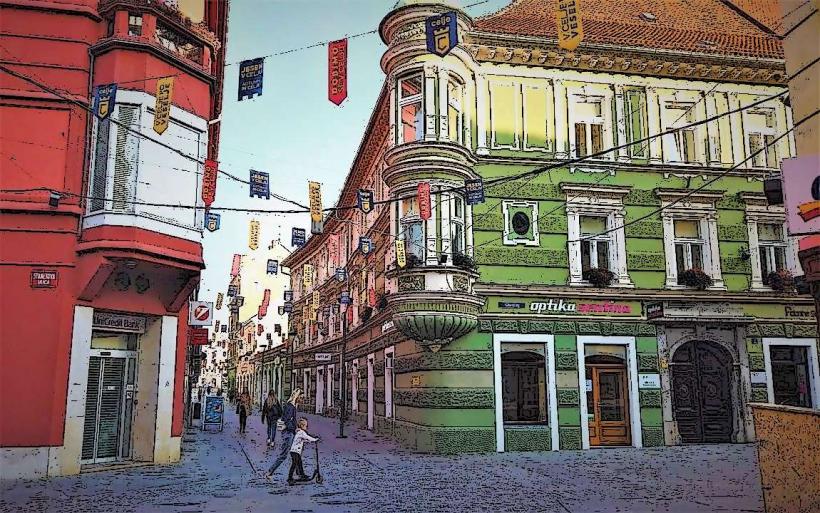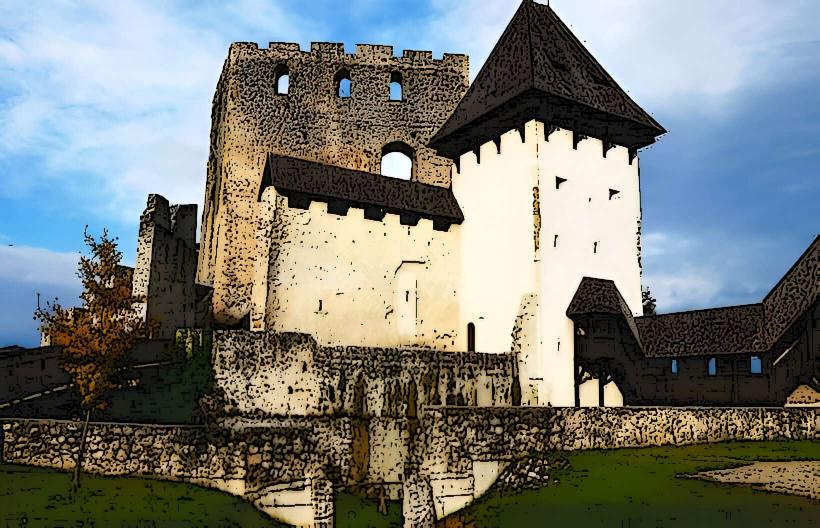Information
Landmark: Celje Water TowerCity: Celje
Country: Slovenia
Continent: Europe
In Celje, the Water Tower (Slovene: Vodovodni stolp) is a significant historical and architectural landmark. Unlike the Maribor Water Tower, Celje's water tower was originally constructed as part of a water management system to ensure the town’s growing population had access to fresh water.
Overview of the Celje Water Tower
- Name: Water Tower (Slovene: Vodovodni stolp)
- Location: Celje, Slovenia, near the town's central area
- Architectural Style: Renaissance with Baroque influences
- Date of Construction: Built in the 16th century, with later modifications and renovations
- Function: Served as a key component of the water distribution system in Celje
Historical Significance
Early Water Supply System:
- The Celje Water Tower was part of the 16th-century urban water supply system in Celje, designed to provide clean water to the town. It was crucial for the development of the city as the population grew and urban infrastructure expanded.
- The tower was built to store and distribute water to public fountains, homes, and other essential buildings within the city. It functioned as a reservoir, where water was stored and later piped to various parts of the town.
Renaissance and Baroque Architecture:
- The tower was constructed during the Renaissance period, with some Baroque renovations in the later centuries. The original design focused on functionality, but as Celje became more prosperous, the tower also gained architectural embellishments.
- The stone construction and rounded structure of the tower are typical of the period, while the Baroque influences can be seen in later modifications, such as decorative stonework and the tower’s roof.
Cultural Heritage:
- Today, the Celje Water Tower is a symbol of the town’s historical development. It stands as a reminder of the town's early efforts in urban planning, providing insight into the engineering methods and solutions used in the Renaissance for water distribution.
Architectural Features
Shape and Structure:
- The tower has a cylindrical shape, characteristic of many water towers built in the period, with a strong stone foundation. The height of the tower allowed it to store water at a sufficient elevation, ensuring it could be distributed by gravity to the surrounding areas.
- The roof of the tower, a later Baroque addition, has an elevated design with a distinctive cone shape that adds a striking visual element to the structure.
Stonework and Details:
- The stonework of the tower, particularly on its exterior, is typical of Renaissance architecture, with a focus on durability and functionality. The stone carvings and detailing in the later Baroque renovations give the tower an added elegance, blending utility with style.
- The tower is a multi-level structure, with openings and smaller windows that once allowed water to flow into the tower from external sources and reservoirs.
Viewpoint:
- The Celje Water Tower offers a panoramic view of the town, providing a vantage point for visitors to appreciate the city’s layout and historical buildings. From the top, visitors can see the surrounding Savinja River, Celje Castle, and the charming town center.
Modern Use
Cultural Site:
- The Celje Water Tower is now a cultural and historical landmark, drawing visitors interested in the town’s medieval and Renaissance heritage. It has become an important part of the Celje Museum system, showcasing the city’s development over the centuries.
- The tower occasionally hosts educational events, exhibitions, and workshops related to the town's water systems and engineering history.
Tourism:
- The tower is open for guided tours, allowing visitors to explore its history, architecture, and significance. The tower’s unique blend of Renaissance and Baroque styles makes it a valuable part of the Celje historical circuit.
- It is also part of the Celje Heritage Trail, which helps tourists discover the city’s major historical landmarks and gain a deeper understanding of its evolution from medieval times to the present.
Nearby Attractions
Celje Castle:
- A short distance from the water tower lies Celje Castle, one of the most famous medieval landmarks in Slovenia. The castle was the seat of the Counts of Celje, and today, it houses the Celje Regional Museum, offering a deeper understanding of the city’s noble history and cultural evolution.
Savinja River:
- The Savinja River, which runs through Celje, played a significant role in the development of the city, providing water for industry, agriculture, and public use. The water tower was part of the overall infrastructure needed to manage this vital resource.
Celje Old Town:
- The old town of Celje is a mix of medieval and Renaissance architecture, with charming streets, historical buildings, and a rich cultural atmosphere. The town hall, the Old Counts’ Mansion, and the Prince’s Palace are all located nearby.
Conclusion
The Celje Water Tower is an important historical and architectural landmark, reflecting the city’s development in the Renaissance period and its efforts to manage its water supply. Today, it serves as a reminder of the town’s engineering achievements and cultural heritage. Visitors to the tower can appreciate its unique combination of functionality and architectural beauty, while learning more about Celje’s evolution from a medieval town to a modern city.

